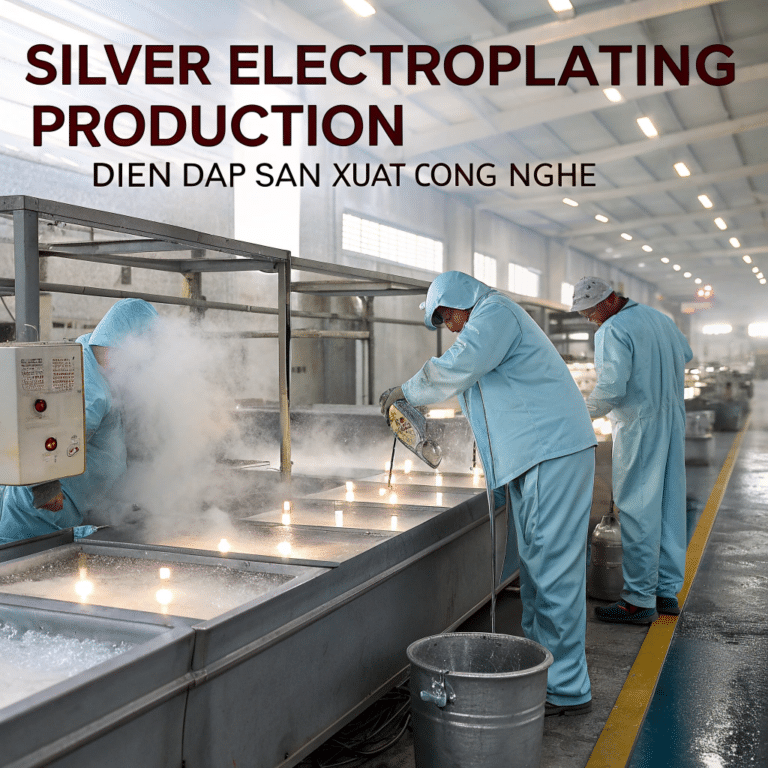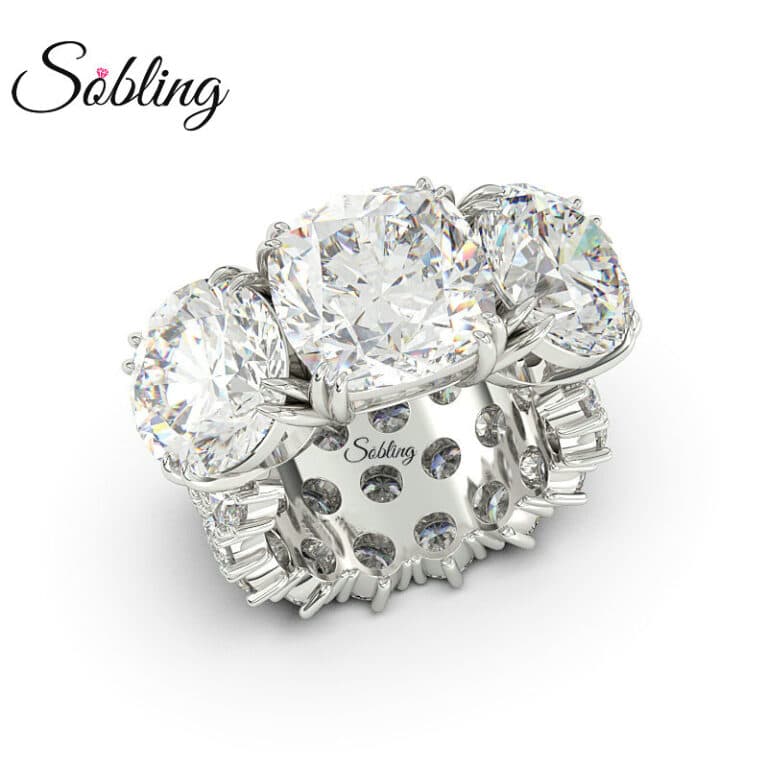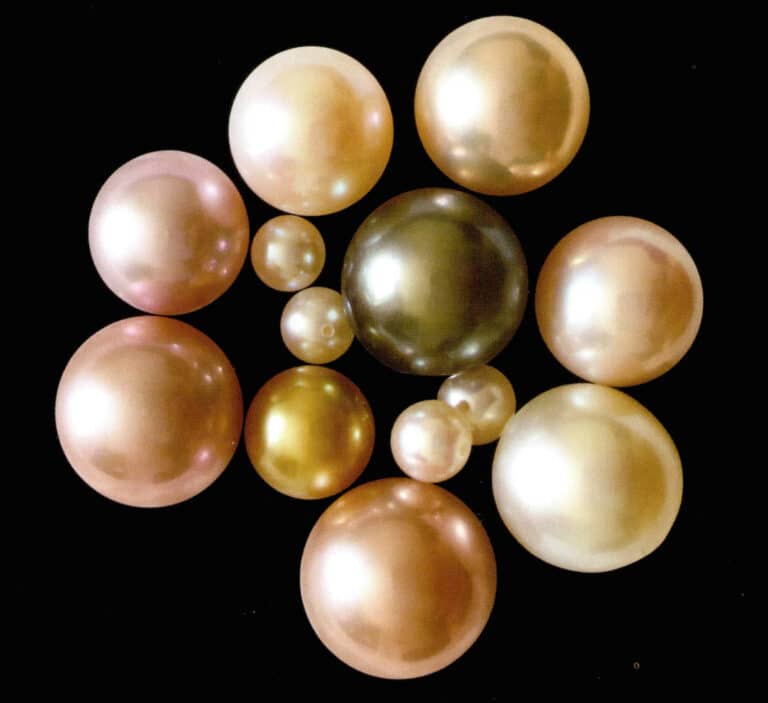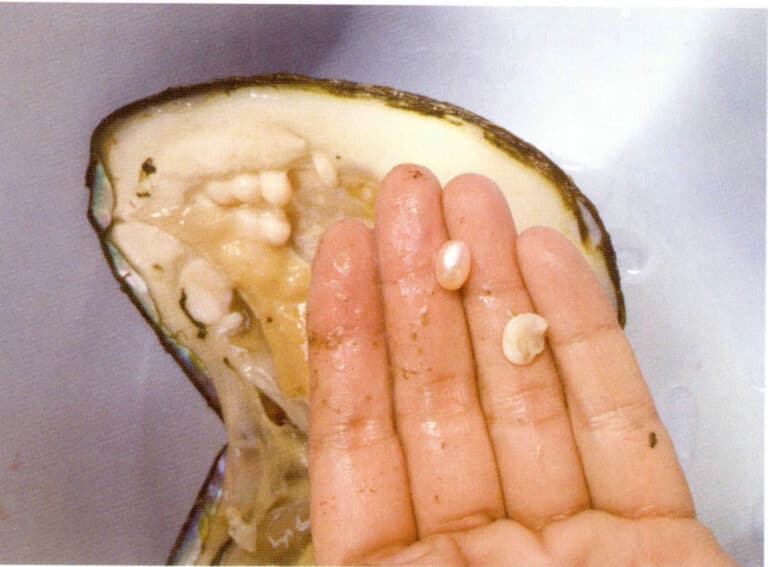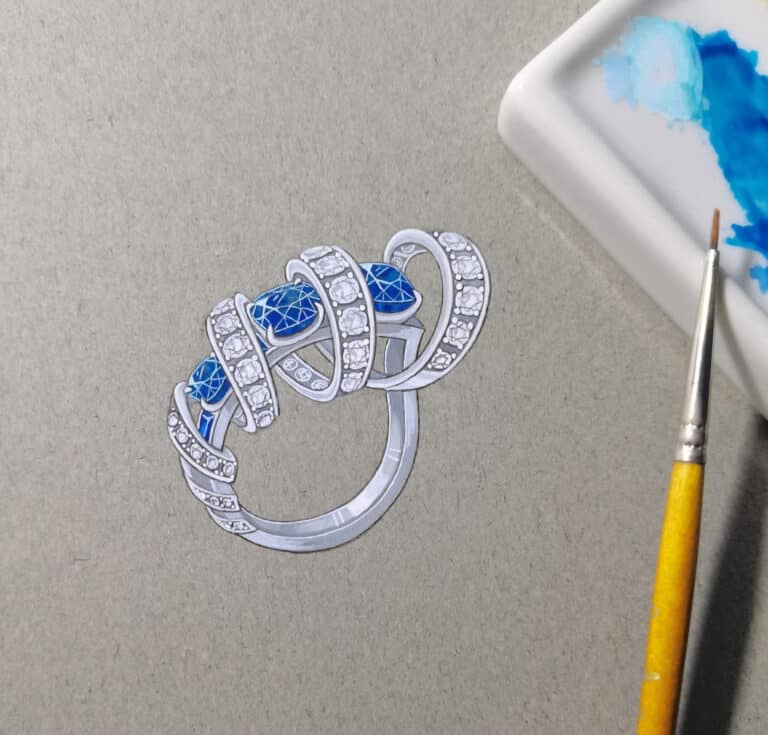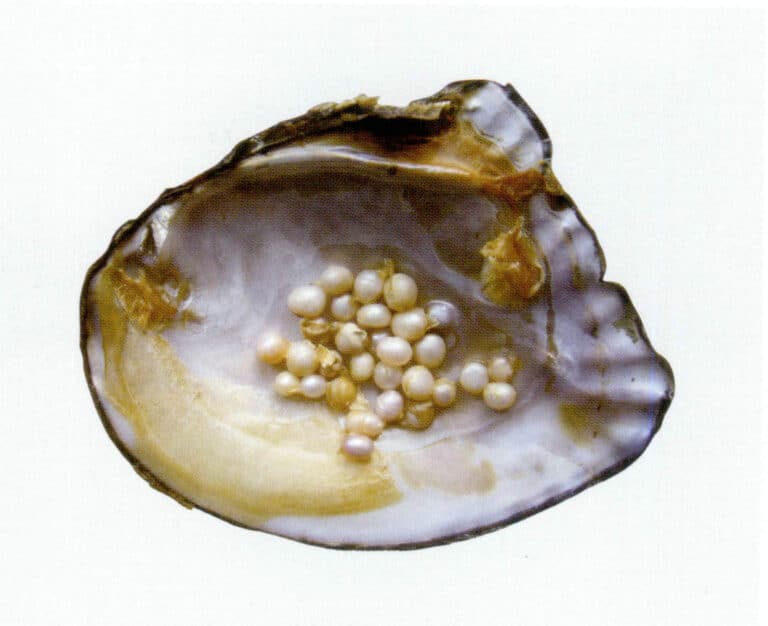Amorfní drahé kameny: definice, optika a mechanické vlastnosti
Gemological basics related to Amorphous Solids
Opal is the first variety of amorphous solid recognized as a gemstone by people. For centuries, people have admired and collected it, and countless poems praise opal. The ancient Roman naturalist Pliny once made a brilliant description of opal: on a piece of opal, you can see the flames of rubies, the bright purple of amethyst, the green sea of emerald, colorful and harmonious, breathtakingly beautiful. The beauty of opal’s colors is no less than that of a painter’s palette and the flames of burning sulfur. Shakespeare wrote in his “Twelfth Night”: “This marvel is the queen of gems.” In “The Treasures of Malta,” opal is praised with the most classical and ornate phrases. The poet and artist Du Ble’s poetic description is the most romantic and fitting: “When nature adorns the flowers, colors the rainbow, and dyes the feathers of the little birds, she pours the colors swept from the palette into the opal.” Compared to opal, glass and plastic were invented later and have long been regarded as symbols of cheapness and imitation.

Obsah
Section I The Concept of Amorphous Solids and Common Varieties
1. Concept of Amorphous Solids
Amorphous solids refer to solids whose constituent molecules (atoms, ions) do not exhibit a spatially regular periodic arrangement. They do not have a regular shape; before processing, the shape of amorphous solids belongs to an irregular shape collection, and after processing, the color, transparency, and luster characteristics of amorphous solids observed by the naked eye are similar to those of crystals, such as glass and opal.
2. Common Varieties of Amorphous Gemstones
Natural gemstone varieties include opal (Figure 5-1-1) and natural glass (Figure 5-1-2).
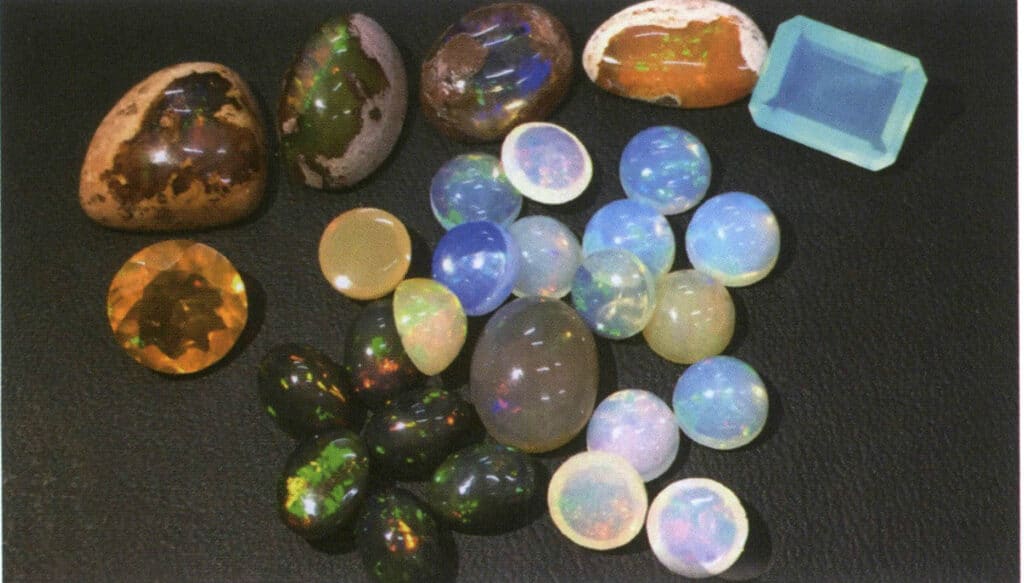
Figure 5-1-1 Opal
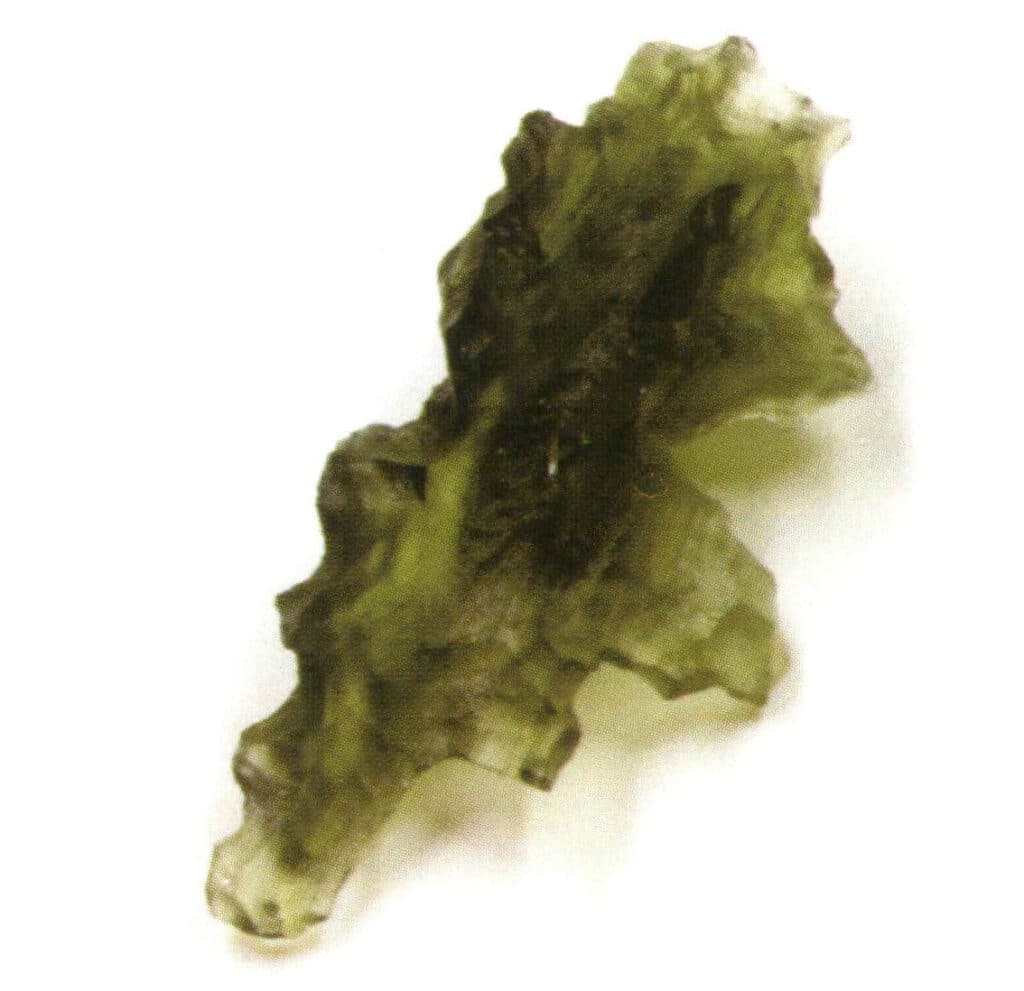
Figure 5-1-2 Natural glass
Artificial gemstone varieties include glass (Figures 5-1-3, 5-1-4), plastic, and ceramics.

Figure 5-1-3 Devitrified glass
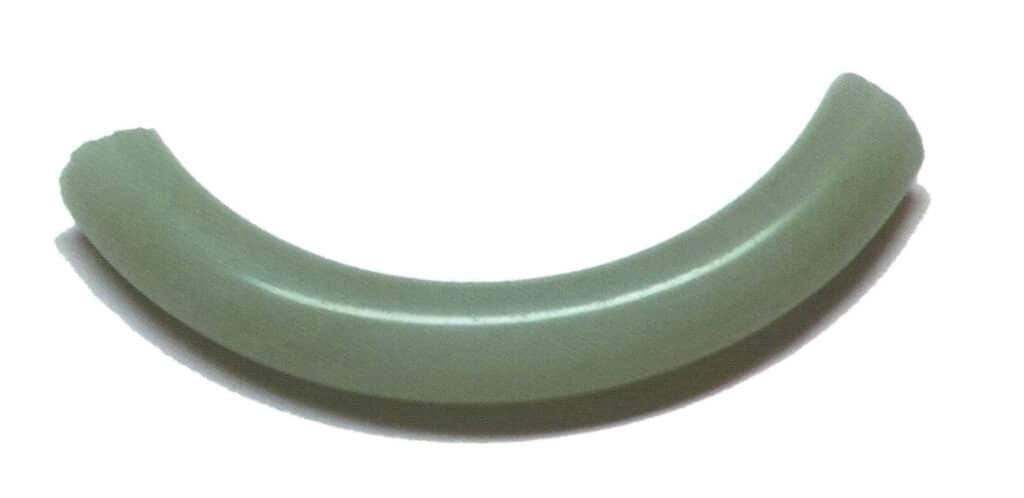
Figure 5-1-4 Glass used to imitate jade
Section II Glass
The production of glass products has a long history. Egypt already manufactured monochrome glass beads as early as the 16th century B.C. After the 10th century B.C., inlaid beads (dragonfly eyes) became quite popular.
Glass has always been the most commonly used material for imitation gemstones. Especially now, the glass varieties are ever-changing, and they can almost be used to imitate any natural gemstone, particularly when mimicking most inorganic gems. They have considerable deceptive qualities. Although not very bright, it can imitate amethyst, aquamarine, and olivine. It can also imitate naturally formed gemstones such as tiger’s eye, opal, coral, and pearls. The glass fusion layer can imitate agate, malachite, and tortoiseshell.
The manufacturing process of glass has become quite mature. Nevertheless, glass as an imitation gemstone cannot achieve chemical stability, physical indicators (density, refractive index, hardness, thermal sensitivity), structural characteristics, or fracture patterns similar to natural gemstones; it can only achieve similarity in appearance and color and strive for realism in morphology as much as possible.
Generally, glass imitations of transparent gemstones are made by melting traditional glass and adding appropriate materials. The melting of glass usually takes place in ceramic crucibles in gas-fired kilns. After the glass with the appropriate materials is melted, the molten liquid can be poured into molds, and pressure can be applied to the molds to obtain the desired shape. During casting, uneven shrinkage can leave shrinkage pits on the surface. The joints of the molds can also leave casting marks.
1. Glass materials to imitate Gemstones
The properties of different types of glass are related to the special materials added. Here, we introduce common glass varieties easily confused with natural gemstones: lead glass, microcrystalline glass, and glass cat’s eye.
1.1 Lead glass
Lead glass is based on high-lead or medium-lead crystal glass, with the addition of various rare earth coloring agents to achieve the effects of various gemstones.
1.2 Glass Ceramic
Glass ceramic, also known as crystal flower glass, microcrystalline jade, or jade spar, can be obtained from various industrial tailings, ash, or slag. By adding specific nucleating agents and using heat treatment processes, the growth of internal crystals can be made to have no obvious orientation, resulting in radial, needle-like, or branch-like spherulites. It is cost-effective and comes in vibrant colors. Microcrystalline glass is mainly composed of crystalline and glass phases, with the glass phase remaining between the crystals combining many fine-grained crystals, often used to imitate jade (Figures 5-1-5 to 5-1-8).
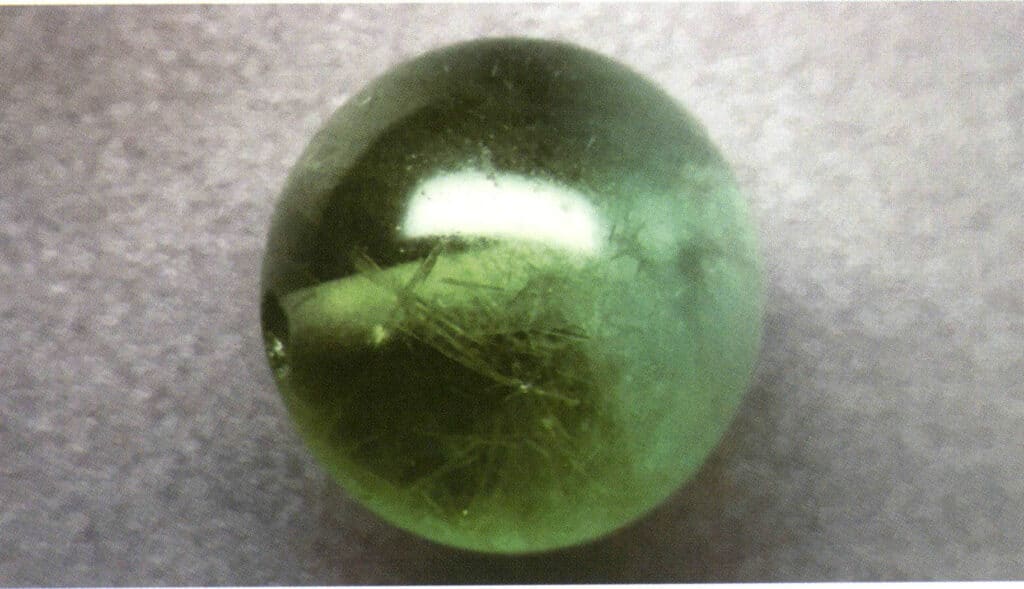
Figure 5-1-5 Devitrified glass (reflected light)

Figure 5-1-6 Devitrified glass (transmitted light)

Figure 5-1-7 Internal crystals of devitrified glass (dark field illumination method 40X)

Figure 5-1-8 Internal crystals of devitrified glass (dark field illumination method 40X)
1.3 Glass Cat's Eye
Originally produced by the American company Cathay, it is named Cathay Cat’s Eye, and the English name Cathay Stone. It is formed by arranging and fusing optical fibers of different types of glass in cubic or hexagonal forms, referred to as “optical fiber panels,” with 150,000 optical fibers per square cm, capable of producing an excellent cat’s eye effect. Refractive index 1.8, specific gravity 4.58, Mohs hardness 6.
This material is widely used in decorative items and is available in almost every color. Most are bright red, green, blue, yellow, orange, purple, or white. The colors, which are completely different from those of natural cat’s eye gemstones, can raise suspicions at first glance. However, the color of the brownish-yellow glass cat’s eye is very similar to that of the chrysoberyl cat’s eye and quartz cat’s eye (Figures 5-1-9, 5-1-10). However, observing the bright bands on both sides with a magnifying glass reveals a typical honeycomb structure, a diagnostic feature of the glass cat’s eye (Figures 5-1-11, 5-1-12).

Figure 5-1-9 Glass Cat's Eye (Reflected Light)

Figure 5-1-10 Glass cat's eye (reflected light) right image

Figure 5-2-11 Honeycomb structure of glass cat's eye (dark field illumination method 25X)

Figure 5-2-12 Honeycomb structure of glass cat's eye (Dark field illumination method 25X)
2. Improving Glass in Gemstones
The vast majority of gemstones produced in nature have poor color and low transparency, and many fissures that do not meet market needs. Therefore, gemstone enhancement techniques are widely used to improve gemstones’ color, transparency, and other appearance characteristics. Enhancement can also be collectively referred to as improvement, and currently, the most common methods for improving gemstones are for rubies, sapphires, emeralds, and tourmalines. If merchants disclose these treatments, it is easier for ordinary consumers to distinguish them.
In the process of improving gemstones, glass gained a new identity in the early 21st century—fissure fillings (Figures 5-1-13 and 5-1-15). In 2003, lead glass-filled rubies and corundums began to appear on the market, and since March 2004, when the Japan Gem Association (GAAJ) first detected lead glass-filled rubies, renowned gem laboratories (AGTA, GIA) have also encountered rubies treated in the same way. Raman spectroscopy analysis confirms that the filling material of the gem is very similar to a lead borate glass.

Figure 5-1-13 Difference in surface cluster between glass and ruby (vertical illumination method 20X)

Figure 5-1-14 Flash effect of glass in ruby fissures (Dark field illumination method 20X)
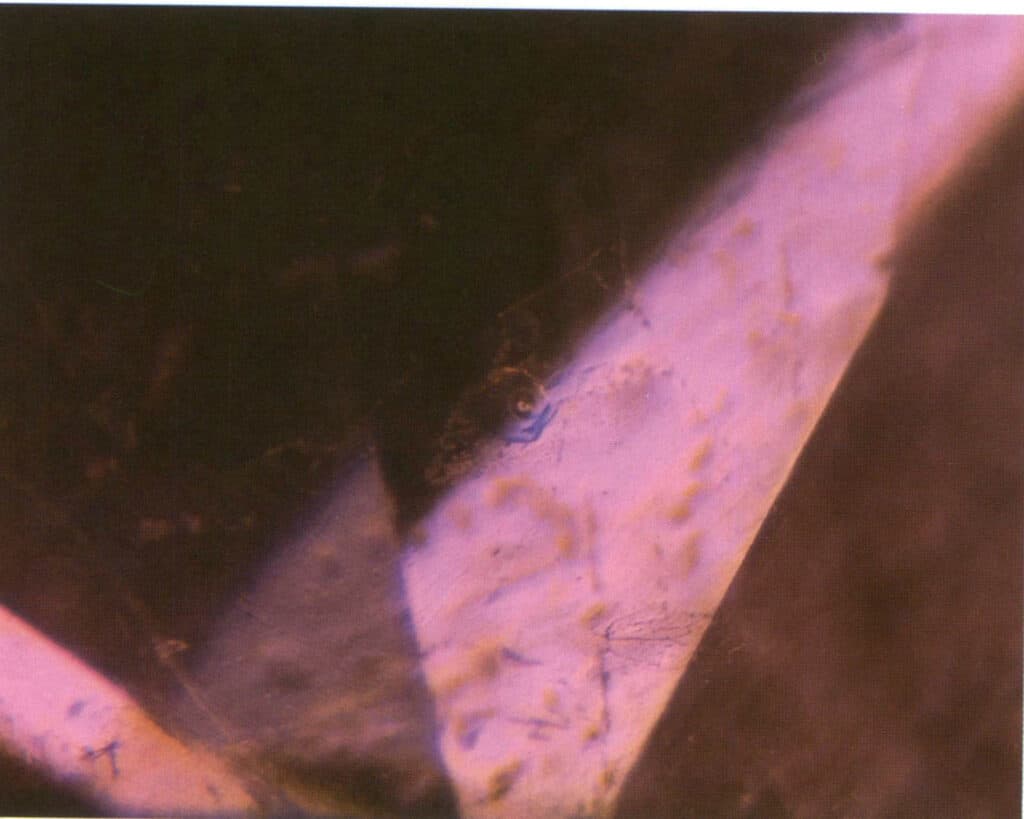
Figure 5-1-15 Blue flash effect and bubbles in the glass of ruby fissures (Dark field illumination method 20X)
In 2007, blue sapphires filled with lead glass appeared on the market, and the early filled sapphires had a darker color.
In 2011, many sapphires filled with cobalt blue lead glass appeared on the market, with colors close to high-grade sapphires.
In recent years, there have been more and more rubies filled with excessive glass on the market, causing small ruby fragments to be bonded by glass. This treated gem type can be called a glass/ruby mixture. It is important to note that gems filled with glass are not only natural finished gems; there have also been reports of glass-filling traces found in raw corundum crystals and certain synthetic gems.
Section III Definitions of Optical Terms Related to Amorphous Solids
The optical properties of amorphous gemstones include color, luster, transparency, luminescence, and special optical phenomenon. Some of these have been explained in the second chapter and will not be repeated here. In this section, we will briefly discuss the phenomena observed when viewing amorphous solids under lighting conditions and the professional terminology used to describe these phenomena. It is particularly important to note the invisible dispersion, pleochroism, and birefringence phenomena in amorphous solids.
1. The Color of Amorphous Solids
Here, we will discuss opal’s color description.
Due to the color diversity caused by its play-of-color effect, opal’s color is often described using its body color.
(1) Black opal, with body colors such as deep blue, deep gray, deep green, or other dark colors, or black opal (Figure 5-2-1)
(2) White opal, with a body color of white or gray, transparent to semi-transparent opal (Figure 5-2-2).
(3) Fire opal, primarily orange, transparent to semi-transparent opal (Figure 5-2-3).
(4) Crystal opal, colorless, transparent to semi-transparent opal (Figure 5-2-4).

Figure 5-2-1 Black opal

Figure 5-2-2 White opal

Obrázek 5-2-3 Ohnivý opál

Figure 5-2-4 Crystal opal
2. Luster of Amorphous Substances
We discussed eight types of gem luster. In previous articles, we have already discussed the four types commonly seen in crystals: metallic luster, adamantine luster, glassy luster, and oily luster. discussed greasy luster, silky luster, and waxy luster, and discussed the luster of organic gems, including pearly luster and resinous luster.
The luster terminology for amorphous solids belongs to the above categories, with specific luster depending on the actual observation.
In practical observation, if opal shows a patterned luster from a certain angle, it can be identified as assembled (Figure 5-2-5, Figure 5-2-6).

Obrázek 5-2-5 Sestavený opál
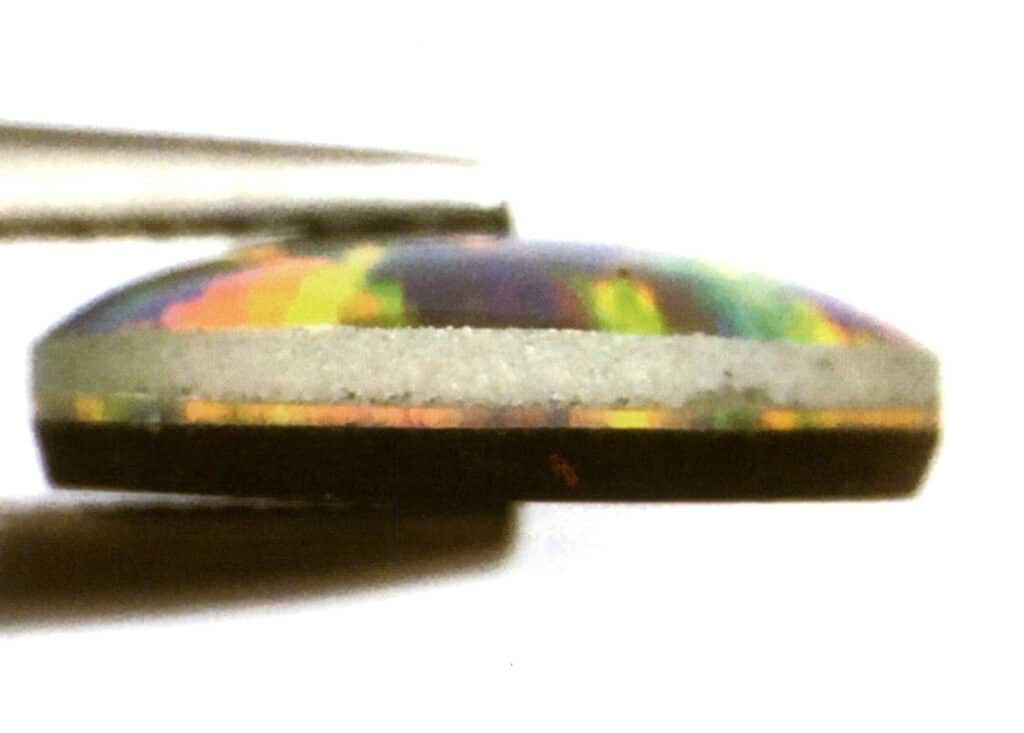
Figure 5-2-6 Assembled opal with different side luster
3. Transparency of Amorphous Solids
The description of the transparency of amorphous solids uses the same terminology as that of crystalline materials, and the observation methods are consistent.
This section will specifically discuss glass cat’s eyes, all of which have almost identical characteristics: observing the glass cat’s eye in the direction of the vertical cat’s eye effect bright line shows it as translucent (Figure 5-2-7) while observing in the direction of the parallel glass cat’s eye bright line shows it as sub-transparent (Figure 5-2-8), and careful observation in the sub-transparent direction reveals a honeycomb structure.
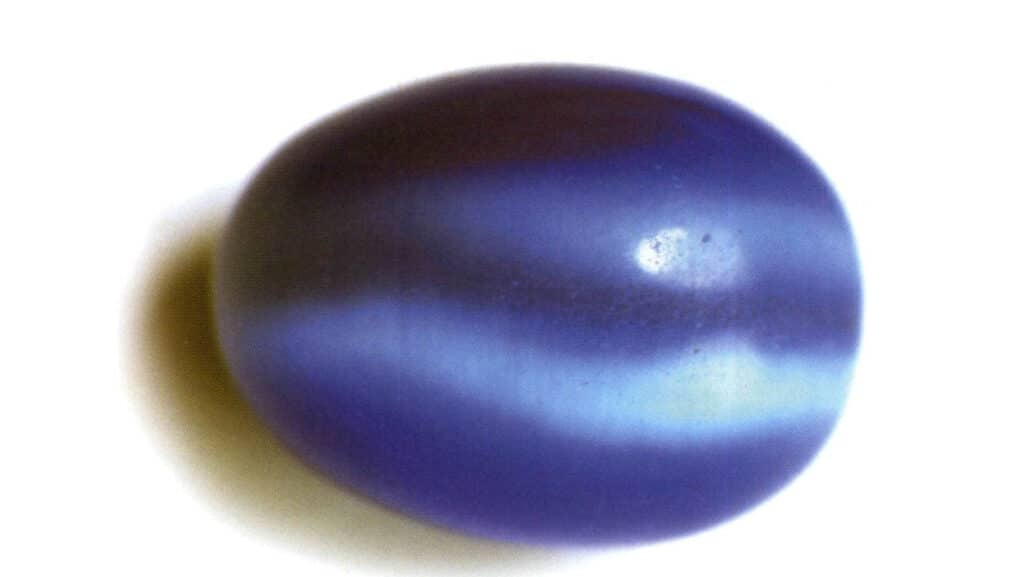
Figure 5-2-7 The direction of the bright line in the vertical cat's eye effect is seen as translucent by the glass cat's eye.
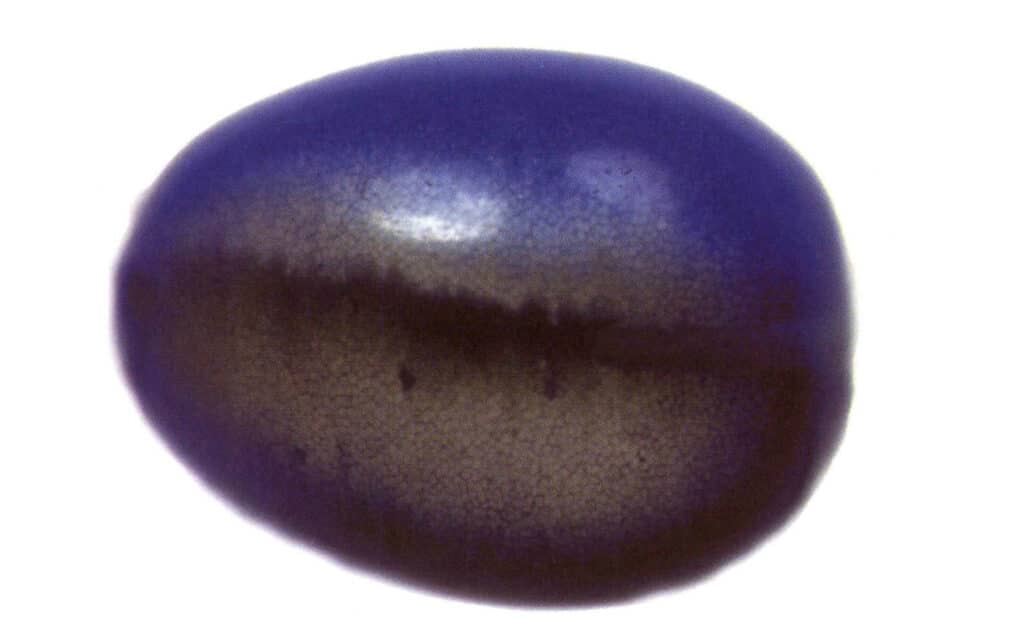
Figure 5-2-8 Observing the Direction of the Bright Line of the Parallel Glass Cat's Eye, the Glass Cat's Eye Appears Translucent.
4. Luminescence of Amorphous Solids
Apart from glass with special components that exhibit phosphorescence, the luminescence of amorphous solids is generally not observable to the naked eye.
5. Special Optical Phenomenon of Amorphous Solids
This will involve common effects in amorphous solids, such as halo, color-changing, and gold sand effects. In opal, not only color-changing effects occur, but also cat’s eye effects (Figures 5-2-9, 5-2-10). The halo effect is common in natural glass, with the gold sand effect occurring occasionally (Figure 5-2-11). Due to the different additives in glass, cat’s eye and gold sand effects are often presented. Other special optical phenomenon are rare in amorphous solids.



Kopírování @ Sobling.Jewelry - Výrobce šperků na zakázku, továrna na šperky OEM a ODM
5.1 Halo Effect
The halo effect can be divided into narrow and broad definitions.
The broad definition of the halo effect can be understood as a general term for special optical phenomenon other than the cat’s eye effect, starlight effect, and color-changing effect, encompassing color-changing effects, moonlight effects, sand gold effects, and more.
The narrow definition of the halo effect can be understood as a general term for special optical phenomenon other than the cat’s eye effect, starlight effect, color change effect, color variation effect, moonlight effect, and gold sand effect.
The halo effect we are discussing here refers to the narrow definition of the halo effect commonly found in obsidian.
There are two sources of natural glass: extraterrestrial visitors—and meteorites. The other is volcanic glass, which can easily be found in cooled magma rocks, also known as obsidian or volcanic glass. Observing obsidian with reflected light can sometimes see the phenomenon of multiple concentric rings with a lighter color than the gem body; this phenomenon is referred to as the halo effect (Figures 5-2-12, 5-2-13).
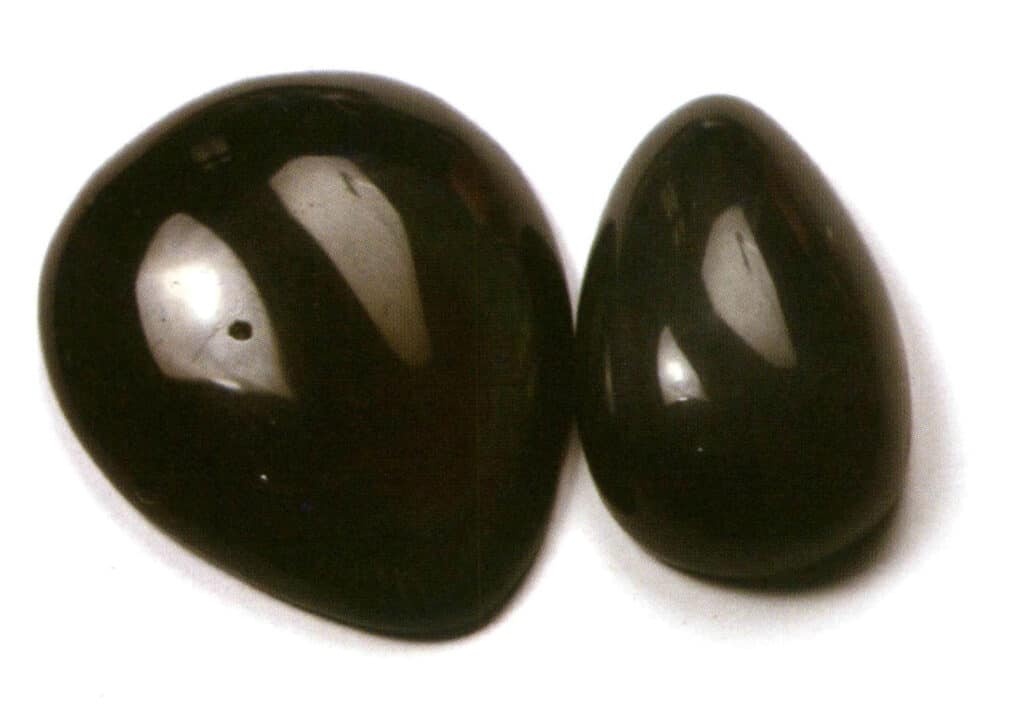
Figure 5-2-12 Appearance of obsidian (volcanic glass) under ordinary intensity reflected light
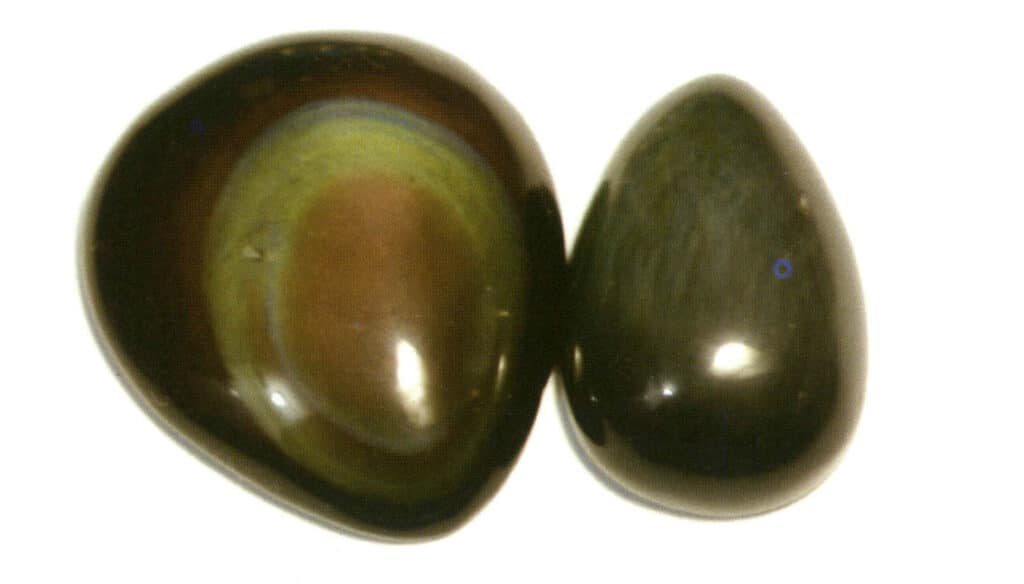
Figure 5-2-13 The halo effect of obsidian (volcanic glass) under high-intensity reflected light (the left side shows concentric rings and the right sideshows fibrous patterns)
5.2 Color Change Effect
When illuminated with reflected light, opal, Synthetic opal, and imitation opal, as well as other amorphous gemstones like color-changing glass and plastic, exhibit a phenomenon where multiple colors appear in addition to the body color as the light source, and the observed gemstone move relative to each other (Figure 5-2-14). Opal without the color-changing effect is called common opal (Figure5-2-15).
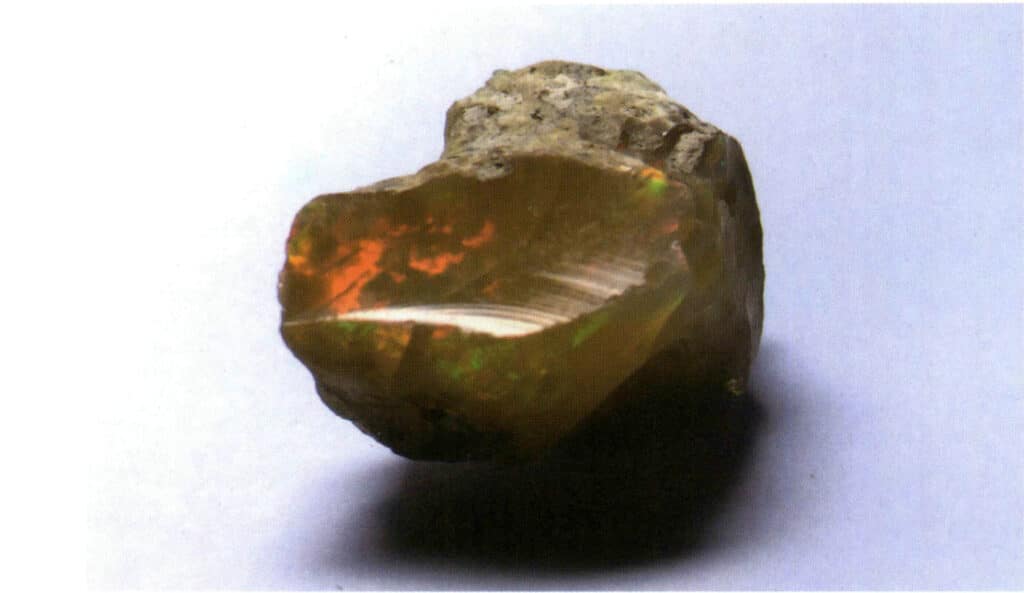
Figure 5-2-14 The color-changing effect of opal
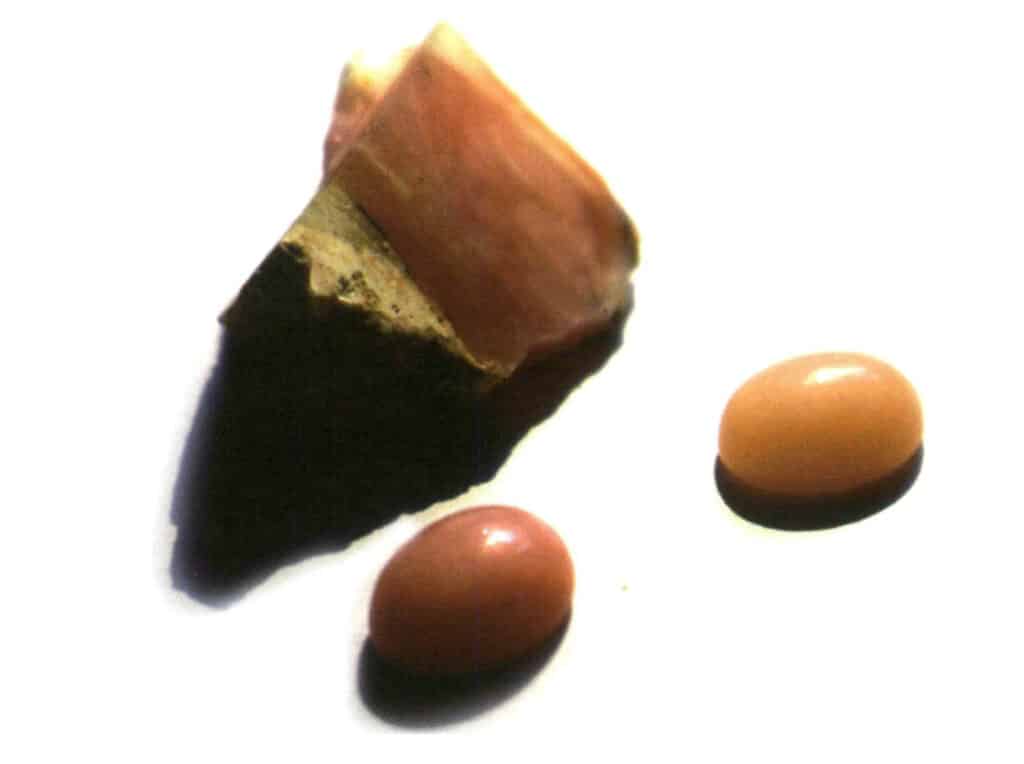
Figure 5-2-15 Pink opal
It is important to pay special attention to the differences between the color-changing effect, moonlight effect, color-change effect, and multicolor (Table 1).
Table 1: Observation methods and key points for the color-changing effect, moonlight effect, color-change effect, and multicolor.
| Observation Method | Observation Result | |
|---|---|---|
| Color Change Effect | Observe the gemstone using reflected light or observe the relative movement of the light source | Multiple color blocks are observed in the gemstone, and the color in the same place changes with the relative movement of the gemstone and the light source (Figure 5-2--16) |
| Moonlight Effect | Observing gemstones or the relative movement of the light source using reflected light. | A shifting blue or orange-yellow is observed in the gemstone and the color changes in the same area with the relative movement of the gemstone and the light source (Figure 5-2-17) |
| Color Change Effect | Observing the same gemstone under different light sources using reflected light. | Each type of light source can only observe a fixed color of the gemstone (Figure 5-218, Figure 5-2-19) |
| Pleochroism | Observing the gemstone under the same light source from multiple angles using transmitted light. | By observing the gemstone from different angles, different colors may be observed.(Figure5-2-20) |
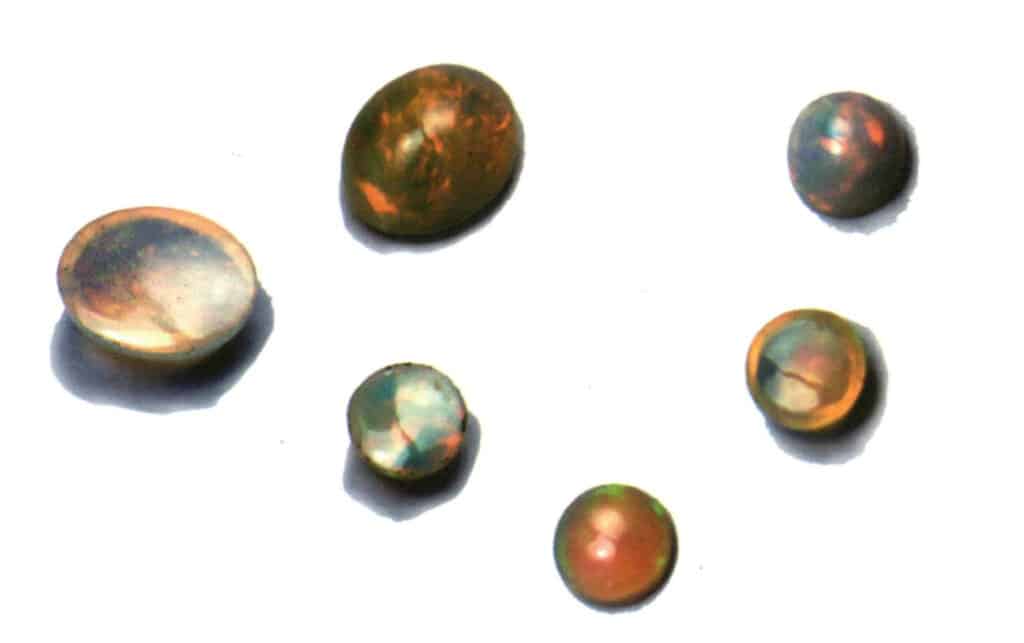
Figure 5-2-16 Opal with color change effect
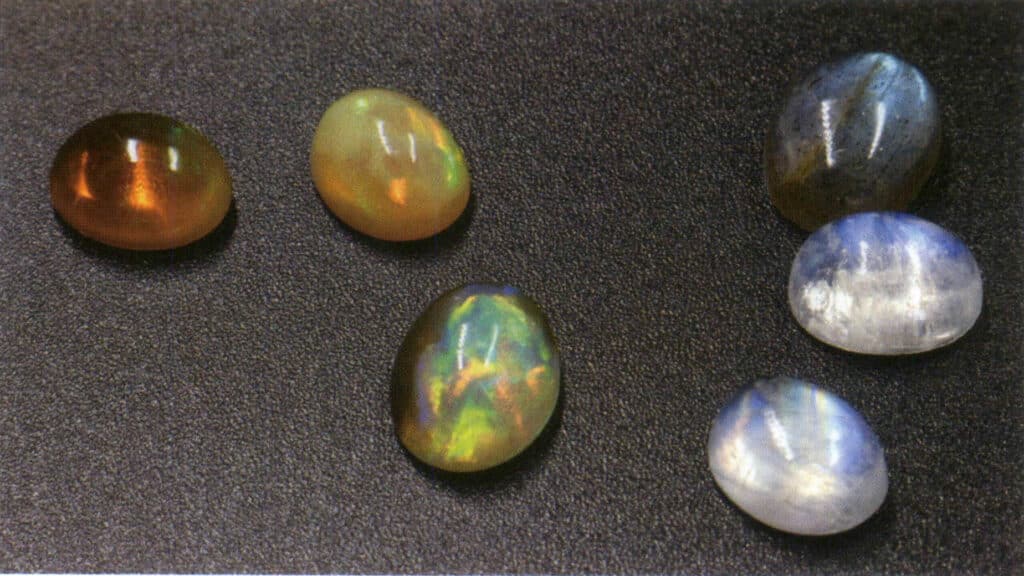
Figure 5-2-17 Comparison of the color-changing effect (left three) and the moonlight effect (right three)

Figure 5-2-18 Alexandrite stone under candlelight at night

Figure 5-2-19 Alexandrite stone under sunlight during the day
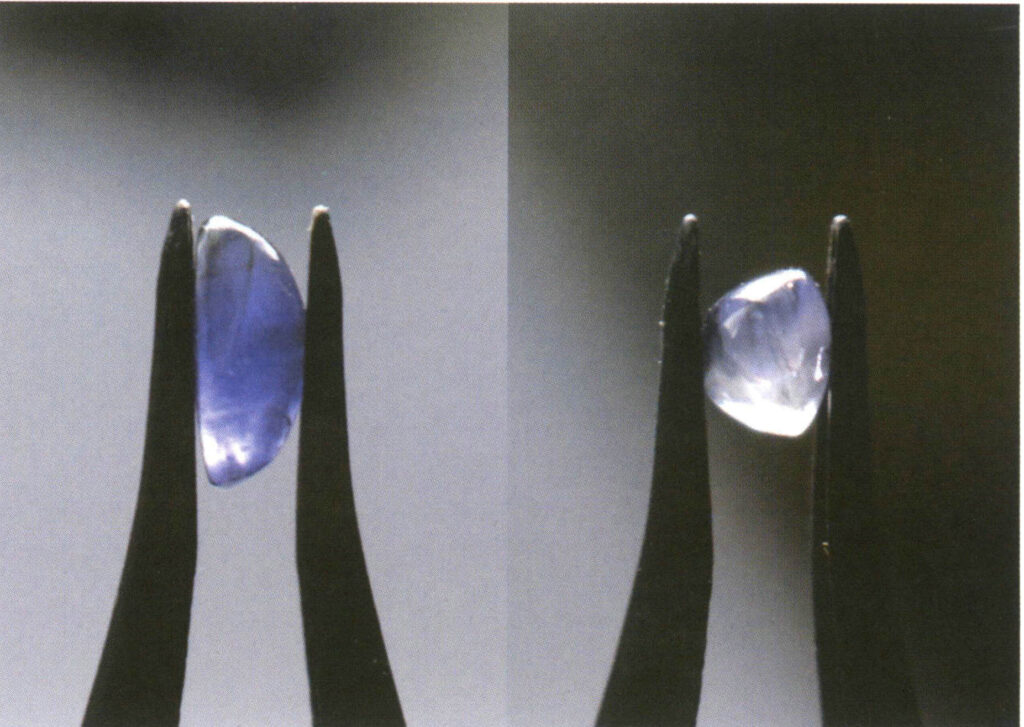
Figure 5-2-20 Pleochroic cordierite
5.3 Sand-gold Effect
A type of brownish-yellow glass with a sand-gold effect is extremely common in the market, also known as aventurine or sand-gold stone (Figure 5-2-21, Figure 5-2-22)
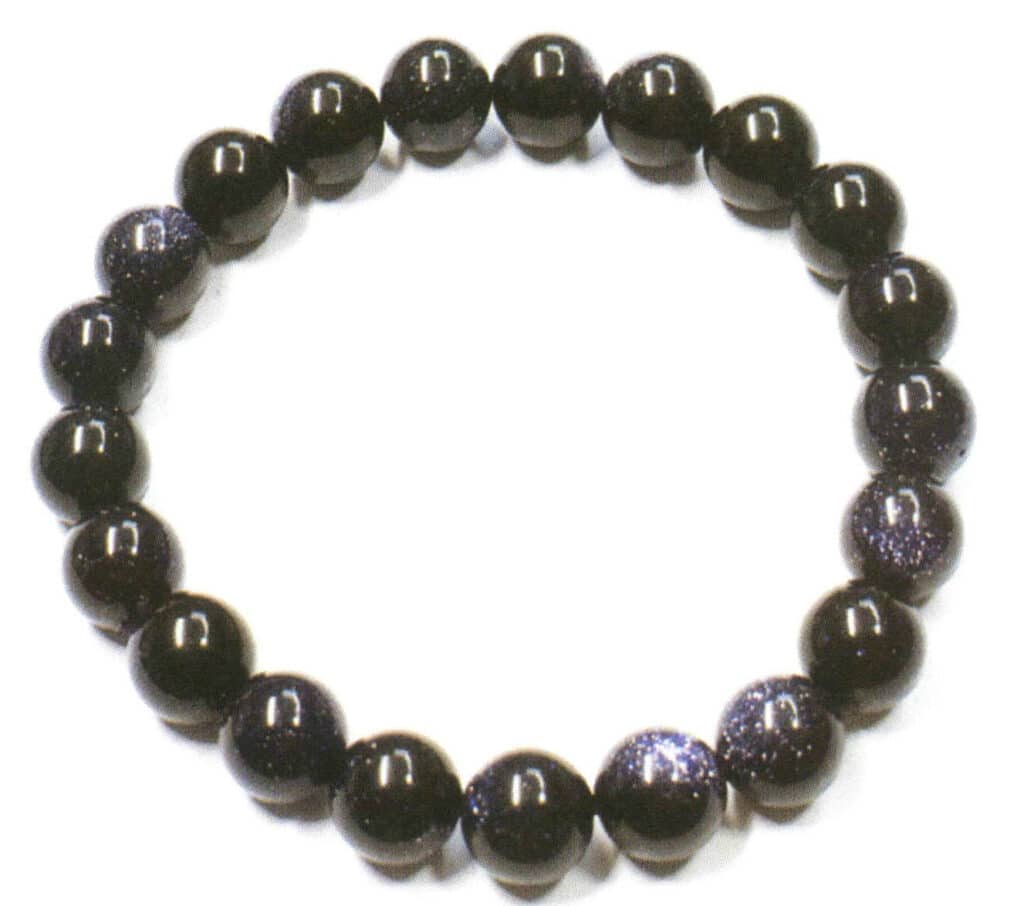
Figure 5-2-21 Glass with sand-gold effect (blue)
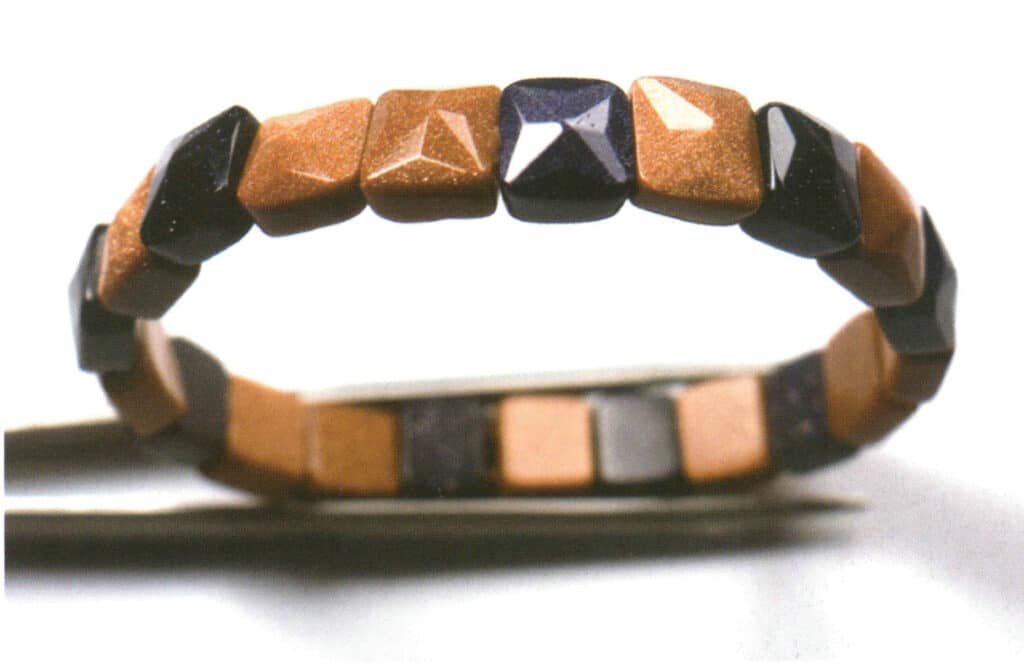
Figure 5-2-22 Glass with gold sand effect (deep blue and brown yellow)
The production process involves adding cuprous oxide to the glass, which is reduced to metallic copper during quenching. The copper powder presents small triangular shapes and hexagonal crystals.
This method can also produce cobalt blue translucent glass containing metallic copper sheets, used to imitate lapis lazuli containing pyrite (Figure 5-2-23)
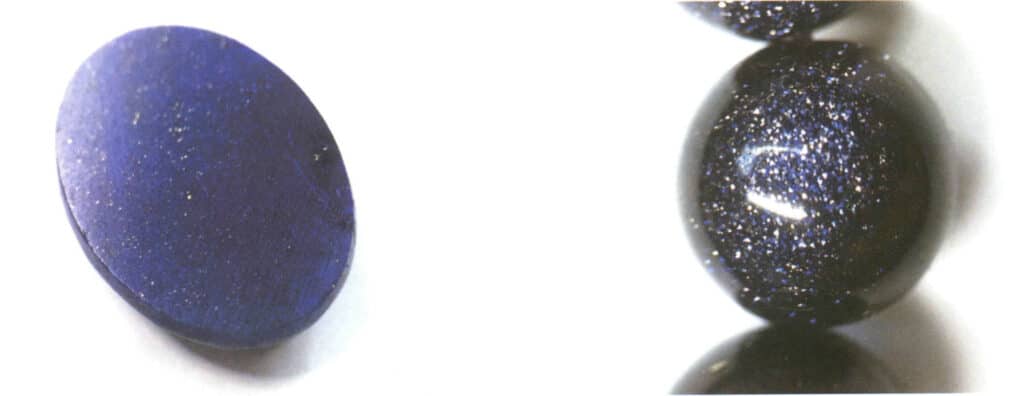
Section IV Opal
The English word for opal is opal, derived from the Latin word Opalus, meaning “the beauty of gemstones gathered in one.” The ancient Roman naturalist Pliny once said: “On an opal stone, you can see the flames of rubies, the color spots of amethyst, the green sea of emerald, colorful and harmonious, a beauty beyond compare.”
1.The Origin of Opal
The composition of opal is hydrated silica.
The formation of opal requires a stable geological environment and appropriate growth time. The opal in ancient weathered crust results from weathering and leaching, formed by the evaporation of silica-rich aqueous solutions. During the evaporation process, if the environment is stable and water evaporates at a constant rate for an appropriate duration, it can form solid silica spheres of uniform size and shape. These spheres are arranged in an orderly manner, trapping water between them. The regularly arranged silica spheres can diffract light, creating precious opal ‘s unique play-of-color effect characteristic. If the environment is unstable, with variable evaporation rates or insufficient growth time, irregularly sized and shaped solidified silica particles will form, resulting in inferior opal or even common opal. Conversely, if the growth time is too long, crystallization may lose its play of color.
As long as the above geological conditions are met, opal can be found in many places, such as Mexico, Australia, Peru, and Ethiopia.
1.1 Mexican Opal
Mexico has long produced high-quality opal. Even before opal was discovered in Australia, Mexico was already a famous opal-producing region. The opal deposits in Mexico are mainly located in the southern part of the country, such as in Irgo, Jimaba, and San Nicolas. However, it is rarely seen on the market due to factors such as low production, remote mining areas, and political instability. Mexican opal is divided into three categories: fire opal, opal , and matrix opal, with fire opal and crystal opal being the most famous. Before the discovery of Ethiopian opal, Mexico was the only place where fire opal was grown.
1.2 Australian Opal
The opal produced in Australia is also known as a “sedimentary gem” because it mainly forms and is produced in the sedimentary rocks of the Mesozoic Great Artesian Basin.
Australian opal was discovered in the mid to late 19th century. The deposits are mainly distributed in the white cliffs and Lightning Ridge of New South Wales in southwestern Australia, Coober Pedy and Andamooka in South Australia, and Opalton and Helix in Queensland. Lightning Ridge in New South Wales is famous for its black opal, and significant opals such as the “Australian Essence” weighing 226 carats and the “Century Light” weighing 273 carats were produced there.
Australia produces a wide variety of opals, including black opal, white opal, crystal opal, and fossil opal, among which black opal is the most famous.
1.3 Peruvian Blue Opal
In the 1980s, when copper mines were being mined locally in Peru, blue opal was discovered, but it appeared in the spring of 2001 at the Tucson Gem Show in the United States.
The body color of Peruvian blue opal is blue, green, and blue-green (Figure 5-2-24). The rarest and most precious color in blue opal is deep blue, followed by lake blue. Peruvian blue opal does not exhibit color play.
Peruvian blue opal is semi-transparent to opaque. It has a half-shell-like fracture. Under orthogonally polarized light, the blue opal shows overall extinction, with irregular texture or banded extinction observed locally. Under shortwave ultraviolet light, it exhibits medium to weak green fluorescence; under longwave ultraviolet light, it shows weak green fluorescence.
Blue opal often contains moss-shaped flocculent (Figure 5-2-25), mottled ferric oxide, and limonite solid phase inclusions.
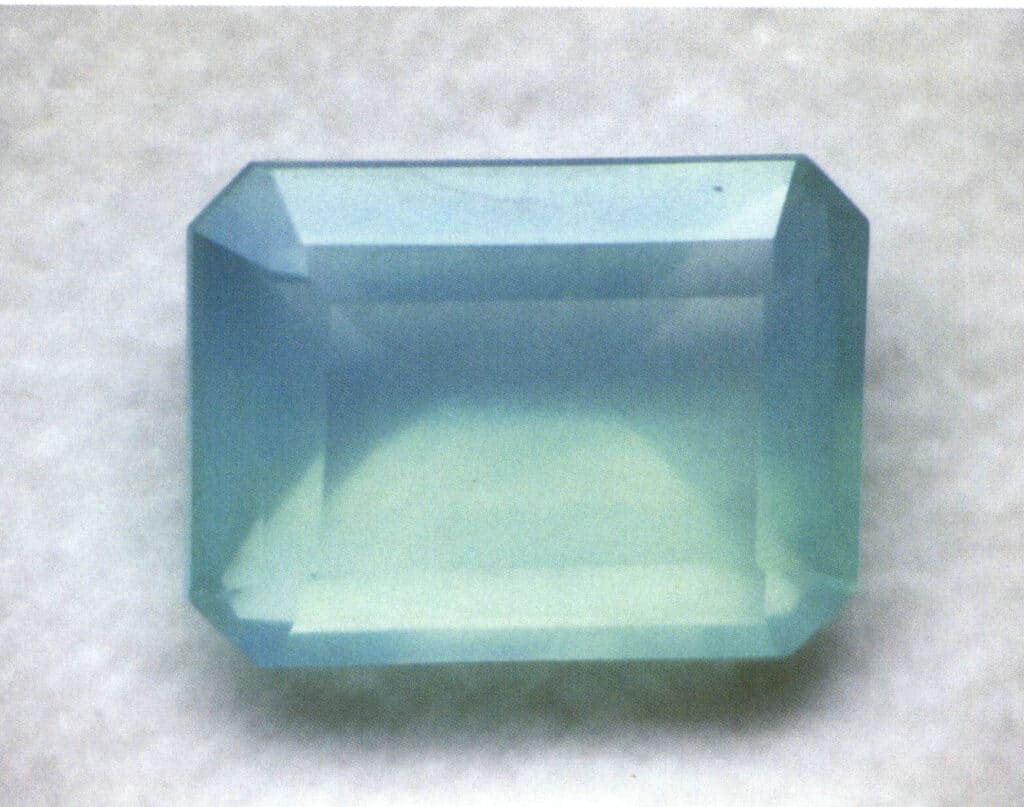
Figure 5-2-24 Peruvian Blue Opal

Figure 5-2-25 Internal Flocculent Material of Peruvian Blue Opal (Dark Field Illumination Method 20X)
1.4 Ethiopian Opal
Ethiopian opal was reported to have been discovered in the Shewa province as early as 1994, but it was unstable, prone to cracking, and had low market acceptance. In 2008, when stable opal, similar to that from Australia, was mined in the Welo region of Ethiopia, Ethiopian opal gradually gained market acceptance.
Ethiopian opal, also known as water opal, is referred to in English as hydrophane opal, where the term hydrophane comes from Greek, meaning “presence of water,” describing its ability to absorb water and its characteristic of changing from opaque to semi-transparent or from semi-transparent to transparent in water. Some opals that do not display vibrant color changes when dry will show clear color changes when submerged in water.
The types of opal produced in Ethiopia include white opal, crystal opal, and fire opal.
Compared to Australian opal, the characteristics of Ethiopian opal can be summarized as more diverse color-changing patterns, sponge-like dehydration, and water absorption, a phenomenon similar to a moonlight effect, and a larger volume.
1.5 Opal From Other Origins
The Virgin Valley in Nevada, USA, also produces some fire opal and black opal. The largest known opal in the world, weighing 2610 carats, comes from here (currently housed in the Smithsonian Museum in Washington, D.C.). However, the drawback of American opal is its high water content, which can cause it to crack due to dehydration when exposed to air for a long time. Eventually, it will completely shatter.
In our country, Henan, Shaanxi, Yunnan, Anhui, Jiangsu, and Heilongjiang also produce opal, but in terms of quality, they only belong to the jade level. Gem-quality opal has only been found in the area around Shangcheng, Henan.
2. The Color Change Effect of Opal
Regardless of the origin of the opal, the reasons for the color change effect are consistent.
2.1 The Causes and Influencing Factors of the Opal Color Change Effect
By observing the interior of opal with color change effects using a scanning electron microscope, it can be found that the interior of opal is composed of countless nearly spherical silica spheres that are densely packed. These silica spheres are similar in size, arranged neatly, and within a certain range; they connect one after another, stacking in simple cubic arrangements, or stacking one string on the gaps of another string, forming a body-centered cubic packing.
When the sizes of the silica spheres are uneven and arranged disorderly, the gaps between them are also chaotic and cannot form a grating. When light enters this type of opal, diffraction cannot occur, and thus, the color-changing effect cannot be produced.
In addition, opal may contain small amounts of non-homogeneous mineral microcrystals such as quartz, kaolin, and talc. Quartz is formed from the crystallization of amorphous opal. Over geological time, amorphous opal, poorly crystalline granular monoclinic tridymite, well-crystalline prismatic monoclinic tridymite, and well-crystalline granular quartz develop. The degree of crystallization determines the strength of the opal’s color change. According to relevant data, in opals with strong color change, there are no microcrystals, only weak crystallinity; in opals with moderate color change, there are microcrystals of granular monoclinic tridymite with blurred outlines; while in opals with weak or no color change, needle-shaped monoclinic tridymite microcrystals appear, indicating weak crystallization. In other words, as the degree of crystallization increases, the degree of color change in opal will weaken accordingly.
The color-changing effect of opal is not only related to the silica spheres and their homogeneity but is also influenced by external conditions. Since the color-changing effect is optical, and light is merely a sensation that acts on the human brain, the position, time, and observation method can also affect the color-changing effect. The same piece of opal may exhibit different strengths of color change or variations in color when observed at different latitudes, in different seasons, under different weather conditions, or even at different times of the same day. Therefore, when observing opal indoors using natural light, it is best to face away from the window; if outdoors, it is advisable to turn away from the sun and observe from the opposite position. When under artificial light, one should utilize reflected light, observing the strength of color change and the variety of colors from a distance of 15 〜20 cm from the opal, which allows for more accurate description and evaluation.
2.2 Causes of the Color Spots in the Color-changing Effect of Opal
The close arrangement of small silica spheres inside the opal creates regular gaps between the spheres. These gaps are close to the wavelength of light, thus forming a three-dimensional grating that can cause light to diffract. When light enters the opal, part of the light strikes the surface of the silica spheres, causing refraction, while another part of the light passes through the three-dimensional grating formed by the gaps. When the difference in the formation of light equals an integer multiple of the wavelength, diffraction occurs. Newton’s prism experiment
Light can be decomposed into seven colors. Therefore, when natural light passes through a grating, various wavelengths of monochromatic light will diffract, breaking down into different colors from violet to red.
The colors of opal’s play-of-color effect depend on the size of the gaps between the silica spheres, which in turn depends on the diameter of the silica spheres. If the diameter of the silica spheres is large, the gaps are also large, allowing more monochromatic light to pass through, resulting in a richer play-of-color; conversely, the play-of-color will be monotonous.
In summary, the opal that produces the play-of-color effect must meet the following conditions: moderate grain size, similar grain size, and ordered arrangement of grains. The essential difference between opal and ordinary opal and between high-quality opal and low-quality opal lies in their internal microstructure. The more uniform the grain size, the more moderate the grain diameter, and the more ordered the arrangement, the stronger the play-of-color produced, and the higher the quality of the opal; conversely, if the grain sizes are unequal and the arrangement is disordered, it forms ordinary opal .
2.3 Causes of the Shapes of Color Spots in the Opal's Play-of-color Effect
The formation of color spots in the play-of-color originates from structural defects in the grains. Many gemology texts have mentioned that the ordered stacking of equidiameter grains forms the opal that produces play-of-color. However, “equidiameter” and “ordered” are only relative terms. Scanning electron microscope images show that the grain sizes are equal within a certain range, and the arrangement or stacking orientation of the grains is not strictly consistent but only presents an ordered arrangement within a certain range, thus forming a mosaic structure. This structure is due to the fact that during the formation of opal, geological conditions are not absolutely stable, and slight changes can cause variations in grain size and errors in arrangement order. This structure allows opal to exhibit alternating colors of colorful patches, threads, or dots on the same plane, changing like a kaleidoscope with vibrant colors. If an entire piece of opal were made up of grains equal in size and arranged completely consistently, the play-of-color observed would only show a regular change in the color of the entire piece of opal, with only one color being observed at any given moment. Therefore, in identification, color spots that are uneven in size and have blurred boundaries should be regarded as one of the characteristics of natural opal.
Section V Explanation of Mechanical Properties Related to Amorphous Solids
Here, we will discuss the fractures related to amorphous solids.
Common conchoidal fractures in amorphous gemstones include glass (regardless of naturalness), plastic, and opal (Figures 5-3-1 to 5-3-3).

Figure 5-3-1 Conchoidal fracture of glass (oily luster)

Figure 5-3-2 Conchoidal fracture of glass (simulated sunstone)

Figure 5-3-3 Conchoidal fracture of glass (imitation jade)
Section VI Plastics
Plastic is a man-made organic material primarily composed of long-chain carbon and hydrogen atoms polymers. Plastics are highly malleable, can be heated or molded into any shape, and can be made in various colors by adding dyes. The physical properties of plastic differ significantly from those of most inorganic gemstones, so it is rarely used to imitate any transparent inorganic gemstones other than opal. However, many of the optical properties of plastic, such as luster, specific gravity, hardness, and thermal conductivity, are similar to those of organic gemstones, making it commonly used to imitate organic gems, and it has a strong potential for deception, such as imitating pearls, amber, and jet. Most plastic imitations are made using molds. Plastic is sometimes also used to enhance gemstones, such as laminating, backing, and surface coatings.
Plastic is not a durable imitation material, so special care must be taken to prevent damage.





